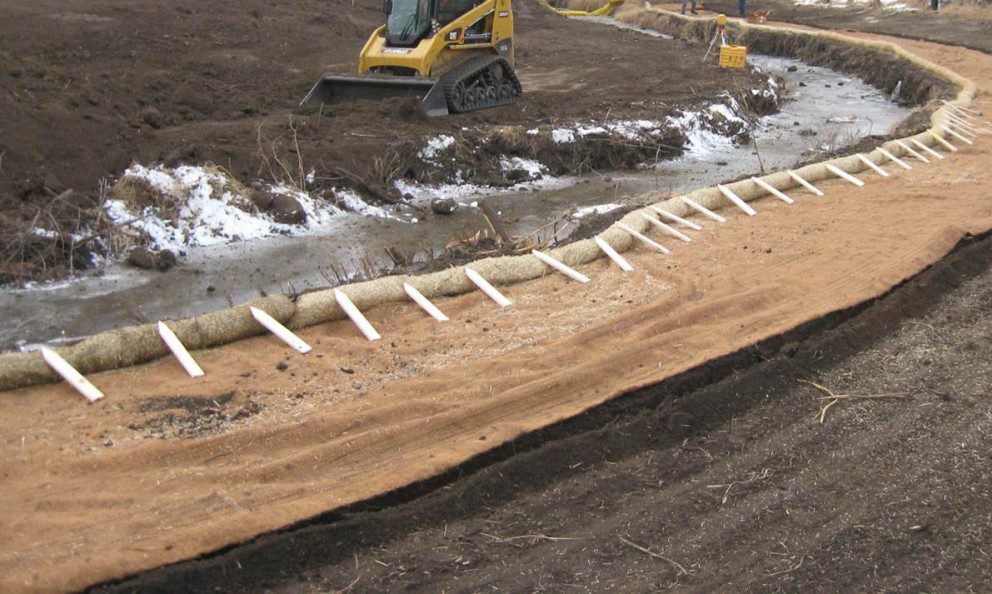Soil maintenance practices and logging go hand in hand when conducting an environmentally responsible timber harvest. Our company collaborates with landowners. We design tailored harvesting plans. These plans prioritize soil health. They also achieve environmental, financial, and aesthetic goals.
A solid forest management plan often includes discussions about soil maintenance. This is especially important after timber logging is completed.

Soil Maintenance Practices and Logging
Detecting Hardwood Flaws, Part One
Soil maintenance practices and logging
When planning a logging operation, our company prioritizes longevity. The logging process impacts future harvests. The crew’s considerations determine how soon you can harvest again. These decisions also affect wildlife and timber quality. A properly harvested woods will grow back quicker and have higher quality trees.
A properly harvested woods will grow back quicker and have higher quality trees.
Timber Works employs team members with specific training in soil maintenance and conservation.
When necessary, our crew goes above and beyond the timber harvesting operation to ensure that soil integrity remains intact and the woods quickly rebound. This effort plays a crucial role in maintaining the future integrity of your forest.
Caring for the Soil
Soil maintenance practices and logging
The forest floor is a key indicator of a timber stand’s health. In a well-managed woods, limited sunlight allows seedlings to grow, while a thick canopy blocks undergrowth. Plants, animals, and insects break down nutrients for the trees, which support a diverse ecosystem. The soil anchors this complex system.

practice and logging
Logging activities also remove the protective layer of leaf litter and humus that covers the forest floor. This coating is important because it is porous and semi-permeable, diffusing the energy of raindrops and allowing them to filter slowly into the soil below. Without this layer, heavy rains are not absorbed by the soil, and water flows over the surface, causing erosion.
Effects of Soil Erosion
Soil maintenance practices and logging
Soil erosion can pollute water. Sediment washes away from the forest floor. It flows into streams, rivers, and other waterways. This sediment often carries pollutants. Fertilizers, pesticides, and leaked fluids are common examples. These toxins contaminate water supplies. They harm wildlife habitats and drinking water reserves.
Soil erosion harms the environment and the forest. Timber Works strives to minimize logging effects. We take preventative measures. Our goal is to combat soil erosion after leaving the site.
Steps to Prevent Soil Erosion
Logging operations disturb the soil. However, we can take steps to speed up recovery. Both the soil and the forest benefit.
Basic methods prevent soil erosion. Planting vegetation is one method. Installing geotextiles and retention walls helps. Adding mulch to the soil surface is also effective.

Vegetation will naturally regrow in the woods, but in certain situations, seeding an area after logging gives the forest floor a head start. The growing plants root into the soil, keeping the ground intact. They help replace the protective barrier removed by cutting roads and other earth-moving activities.
Soil maintenance practices and logging
Adding a mulching layer on freshly seeded ground protects the land from erosion while the plants establish themselves. Although rarely needed in logging, combining geotextiles and retention walls with vegetation strengthens the soil-protecting properties of each.
The degree to which soil erosion is a concern and should be weighted in a forest management plan depends heavily on the terrain and grade of the forest in question.
Trust Your Land to the Best
Contact Timber Works today We will discuss a plan for harvesting your timber that considers both the financial return from the sale and the continued health and vibrancy of your land.

